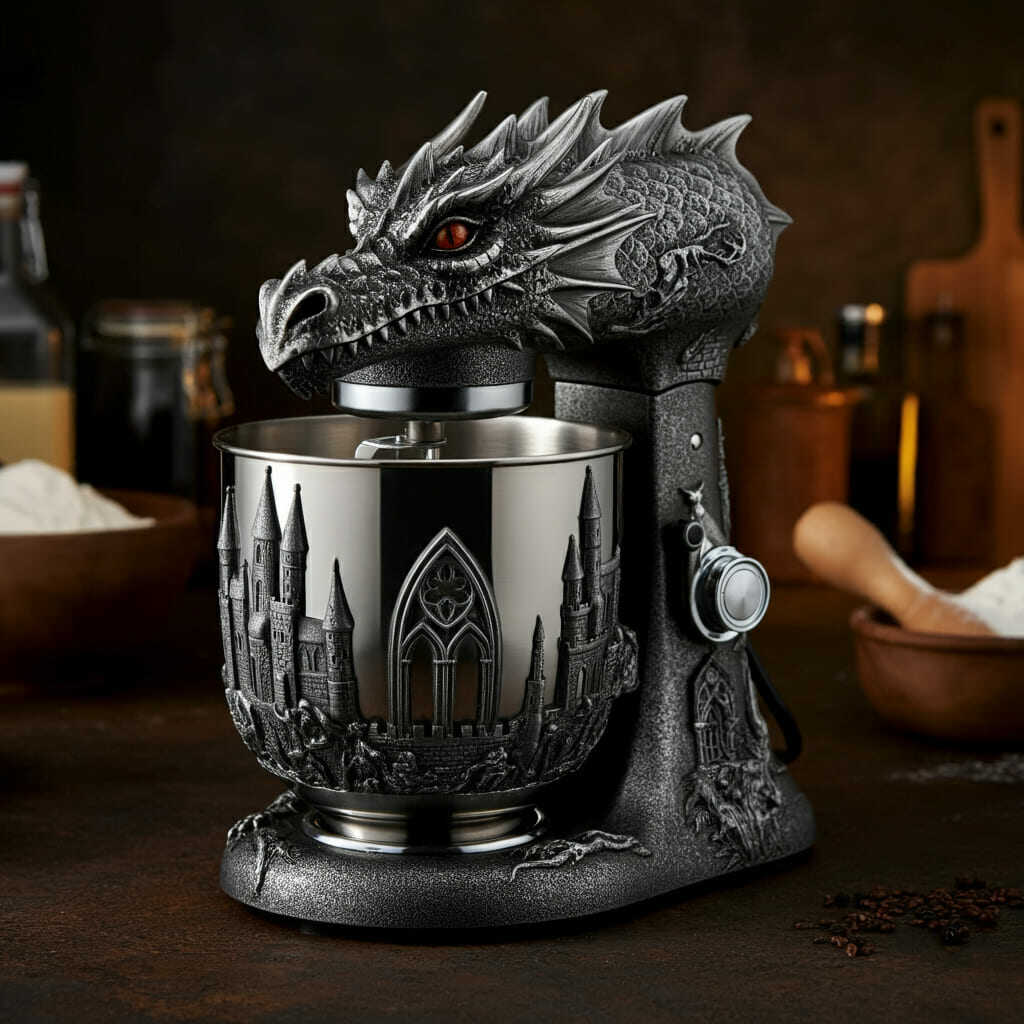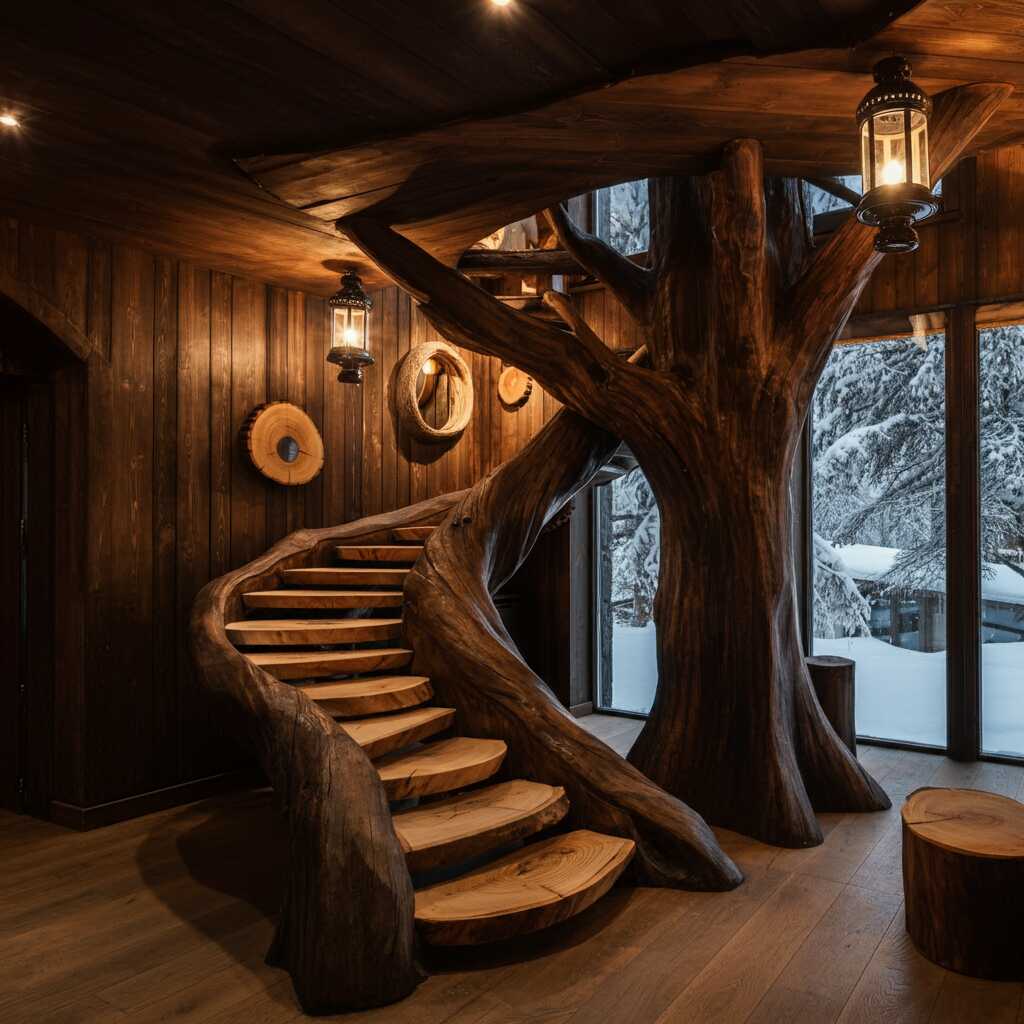Gardening is more than just planting seeds and nurturing greenery; it’s an art form that blends creativity, nature, and personal expression. For those who cherish their gardens as sanctuaries of beauty and tranquility, every element within the space holds significance. Among these elements, decorative planters play a pivotal role in shaping the aesthetic appeal of a garden. One particular design has captured the hearts of gardening enthusiasts worldwide: the peacock-shaped planter. These unique creations not only serve as functional vessels for plants but also bring a touch of elegance, symbolism, and artistic flair to outdoor spaces.
The allure of peacock-shaped planters lies in their ability to transform any garden into a vibrant haven of color and sophistication. With their intricate designs and graceful forms, they evoke the majestic presence of the peacock itself—a bird celebrated across cultures for its beauty and symbolism. In this article, we will explore why peacock-shaped planters are indispensable for garden lovers, delving into their visual impact, symbolic meaning, versatility, and contribution to sustainable gardening practices. By the end, you’ll understand how these exquisite pieces can elevate your garden experience to new heights.
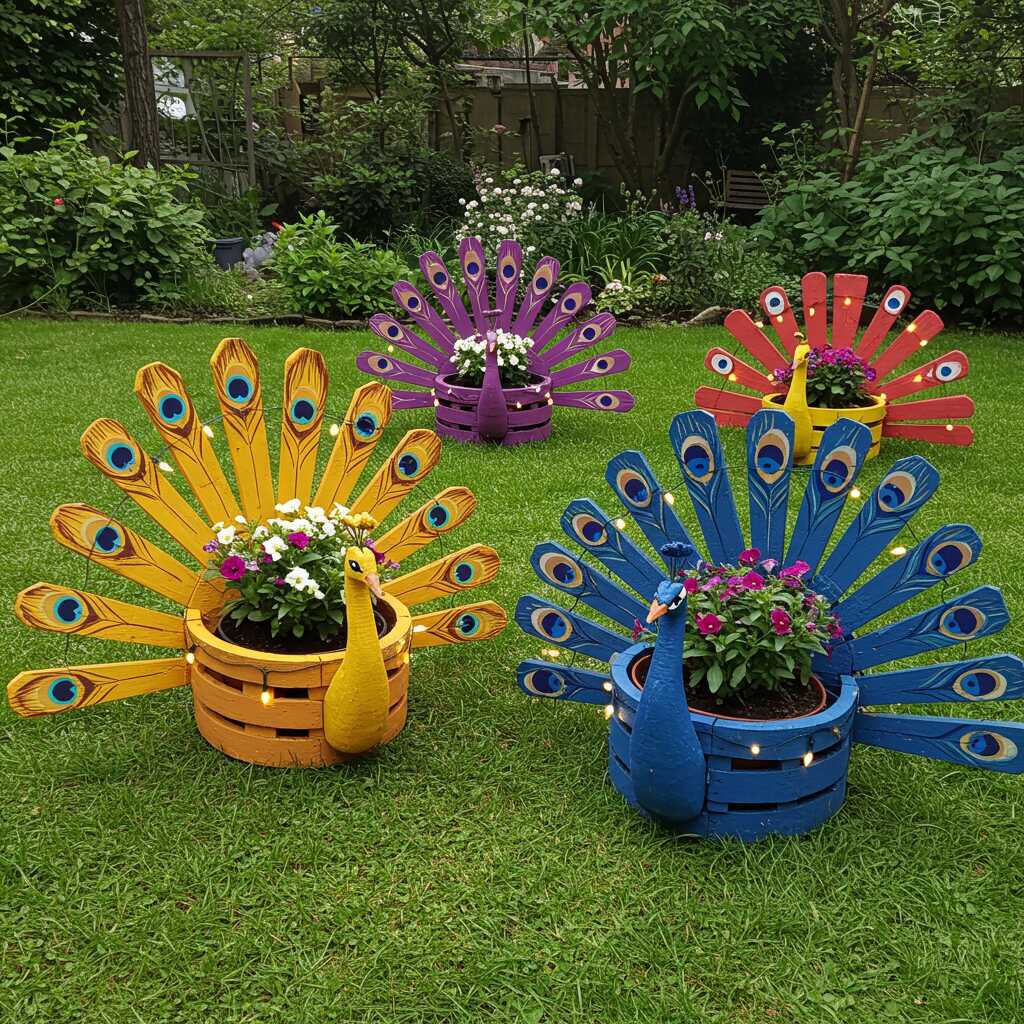
The Visual Appeal of Peacock Shaped Planters
When it comes to enhancing the visual charm of a garden, few items rival the striking presence of a peacock-shaped planter. These distinctive pieces draw inspiration from one of nature’s most visually captivating creatures—the peacock. Known for its iridescent plumage and regal posture, the peacock symbolizes opulence and grace, qualities that are seamlessly translated into the design of these planters. Whether crafted from ceramic, metal, or stone, each peacock-shaped planter exudes an air of refinement that instantly elevates the aesthetic appeal of any outdoor space.
One of the standout features of peacock-shaped planters is their intricate detailing. From the delicate curves mimicking the bird’s elegant neck to the elaborate patterns resembling its iconic feathers, every aspect of these planters is designed with meticulous care. This attention to detail ensures that even when left empty, these planters serve as standalone works of art, capable of becoming focal points within a garden layout. When paired with lush greenery or colorful blooms, the contrast between the natural elements and the ornate structure of the planter creates a harmonious yet dramatic effect.
Moreover, the versatility in materials and finishes allows gardeners to choose planters that align perfectly with their preferred style. A glossy ceramic peacock-shaped planter might add a modern touch, while a weathered bronze version could complement rustic or vintage-themed gardens. Some designs incorporate vibrant hues reminiscent of the peacock’s dazzling colors, infusing energy and vibrancy into the surroundings. Others feature neutral tones, offering a subtler approach that still commands attention through sheer craftsmanship.
Beyond their individual beauty, peacock-shaped planters also contribute to the overall cohesion of a garden’s design. Placed strategically along pathways, near seating areas, or as centerpieces in flowerbeds, they guide the eye and create a sense of flow throughout the space. Their sculptural quality invites closer inspection, encouraging visitors to pause and admire both the planter and the plants it holds. In essence, these remarkable pieces do more than simply house flora—they celebrate the intersection of art and nature, turning every corner of the garden into a breathtaking tableau.
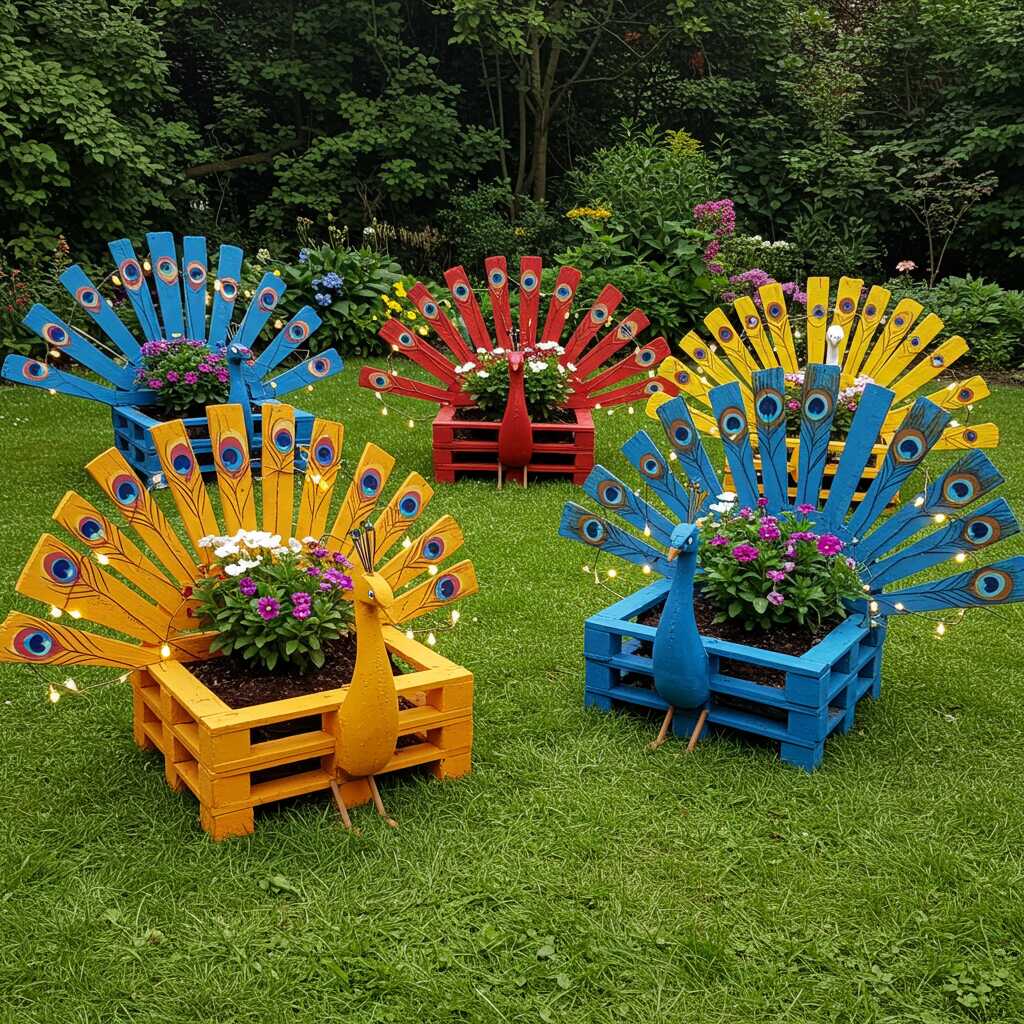
Symbolism and Meaning Behind the Peacock Design
Peacocks have long been revered across various cultures for their profound symbolic meanings, making them a fitting muse for garden decor like peacock-shaped planters. In many traditions, the peacock represents immortality, renewal, and spiritual awakening. Its resplendent tail feathers, adorned with “eyes,” are often interpreted as symbols of all-seeing awareness and divine protection. Ancient Greeks associated the bird with Hera, the goddess of marriage and family, believing it embodied watchfulness and fidelity. Similarly, in Hindu mythology, the peacock is linked to Saraswati, the deity of knowledge and creativity, further emphasizing its connection to enlightenment and artistic expression.
Incorporating a peacock-shaped planter into a garden setting brings these rich cultural associations to life, infusing the space with deeper layers of meaning. For instance, placing such a planter near a meditation area or reflective nook can enhance the ambiance by inviting themes of mindfulness and inner peace. The presence of this majestic bird-inspired piece acts as a gentle reminder of growth and transformation—qualities inherent to both nature and the human spirit.
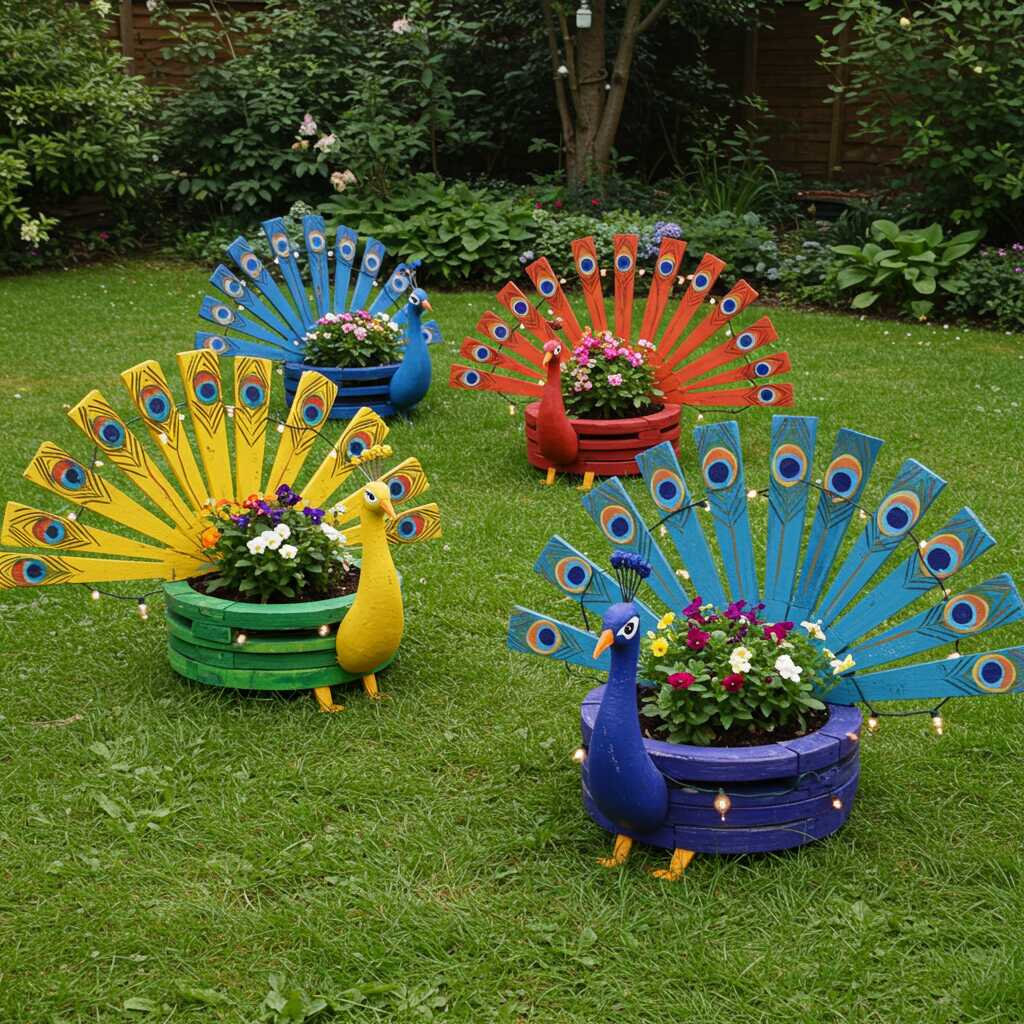
Symbolically, the act of nurturing plants within a peacock-shaped planter mirrors the bird’s own lifecycle of rebirth and renewal. Just as the peacock sheds its old feathers to make way for new ones, gardeners cultivate fresh growth amidst changing seasons. This parallel adds a poetic dimension to the gardening experience, encouraging individuals to view their efforts not merely as maintenance but as part of a larger narrative of flourishing life.
Furthermore, the peacock’s reputation for beauty and pride resonates strongly with those who seek to create visually stunning environments. By integrating a peacock-shaped planter into their garden, enthusiasts honor the bird’s legacy as a beacon of elegance and splendor. It becomes more than just a decorative object—it transforms into a testament to the gardener’s appreciation for aesthetics and harmony. Whether used to highlight rare botanical specimens or to frame everyday blooms, the planter elevates the entire composition, imbuing it with timeless grace and cultural resonance.
Ultimately, the inclusion of a peacock-shaped planter does more than beautify a garden; it enriches the emotional and symbolic tapestry of the space. Each glance at its intricate design serves as a subtle nod to centuries-old traditions and universal themes of vitality, wisdom, and renewal. For garden lovers, this fusion of form and meaning makes the peacock-shaped planter an indispensable addition—one that speaks to both the heart and the soul.
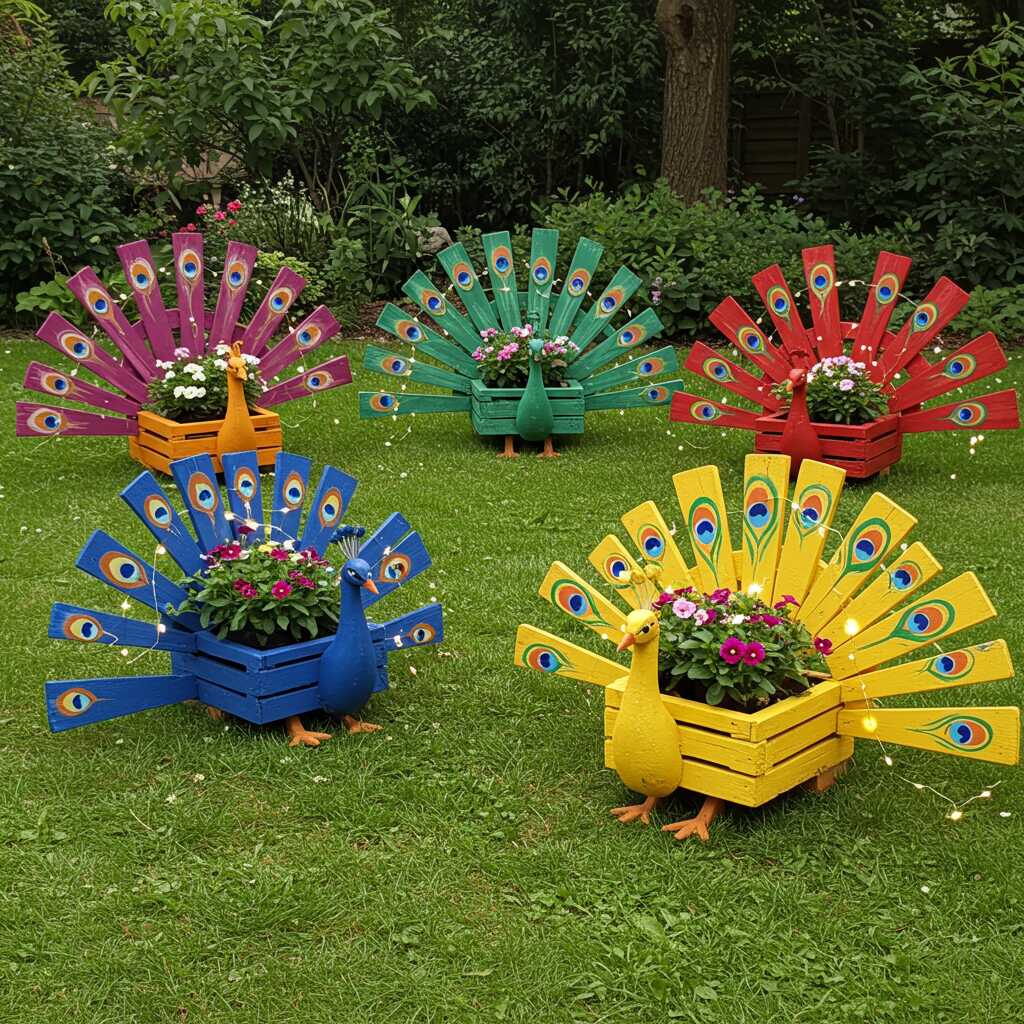
Versatility in Garden Design
The adaptability of peacock-shaped planters makes them an invaluable asset for garden lovers seeking to create dynamic and personalized outdoor spaces. These versatile pieces effortlessly integrate into a wide range of garden styles, from formal and structured layouts to whimsical and eclectic designs. Their unique shape and intricate details allow them to serve multiple purposes beyond being mere containers for plants, making them a creative tool for enhancing the overall aesthetic and functionality of any garden.
In formal gardens, where symmetry and precision reign supreme, peacock-shaped planters can be strategically placed to accentuate architectural elements or define specific areas. Positioned at the entrance of a pathway or flanking a grand fountain, these planters introduce a sense of grandeur and sophistication. Their regal appearance complements manicured hedges, geometric flowerbeds, and classical statuary, creating a cohesive look that exudes elegance. For added visual interest, consider pairing them with topiaries or cascading ivy, which echo the structured lines of the garden while softening the planter’s bold silhouette.
On the other hand, in informal or cottage-style gardens, peacock-shaped planters bring an unexpected element of whimsy and charm. Their playful design contrasts beautifully with the relaxed, organic feel of these spaces. Nestled among wildflowers, herbs, or sprawling ground cover, they add a touch of refined artistry without overwhelming the naturalistic vibe. To amplify their impact, use them to showcase vibrant seasonal blooms or trailing succulents that spill over the edges, creating a lush, overflowing effect that feels spontaneous and alive.
For those who love experimenting with eclectic garden themes, peacock-shaped planters offer endless opportunities for creative expression. Imagine incorporating them into a tropical oasis, where their vivid colors and intricate details harmonize with bold foliage and exotic flowers. Alternatively, in a Zen-inspired garden, a minimalist peacock-shaped planter in muted tones can anchor a serene arrangement of bamboo, stones, and moss, embodying balance and simplicity. Even in small urban gardens or balcony setups, these planters shine as statement pieces, proving that their visual impact is not limited by space constraints.
The versatility of peacock-shaped planters extends beyond their placement and pairing with plants. They can also serve practical functions, such as acting as natural dividers between different zones within a garden. For example, lining a row of these planters along a border can delineate a vegetable patch from a relaxation area, providing both structure and beauty. Additionally, their height and prominence make them ideal for drawing attention to overlooked corners or vertical spaces, ensuring no part of the garden feels neglected.
Ultimately, the true magic of peacock-shaped planters lies in their ability to adapt to the vision of the gardener. Whether used to enhance a specific theme, highlight particular plants, or simply inject personality into the landscape, they prove themselves to be indispensable tools for crafting a garden that reflects individuality and creativity.
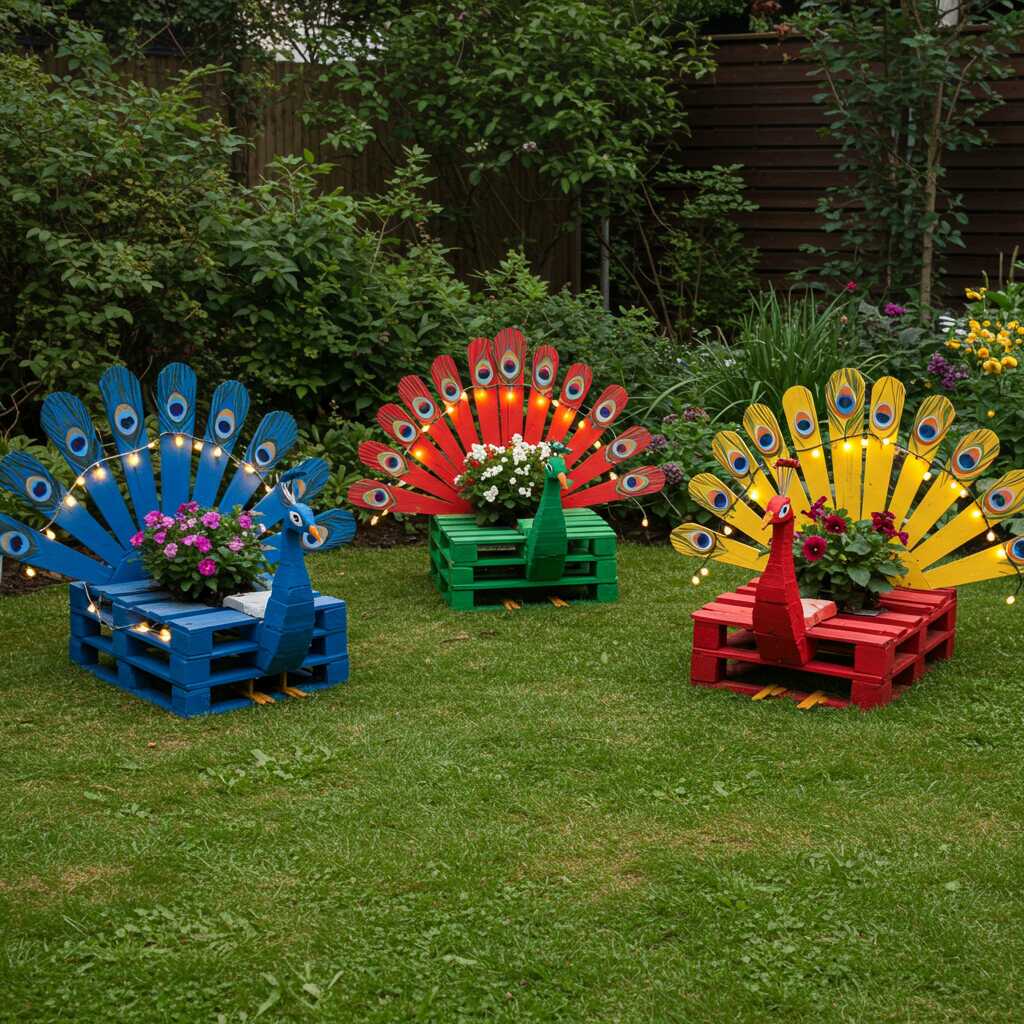
Promoting Sustainability Through Peacock Shaped Planters
In an era where environmental consciousness is paramount, peacock-shaped planters offer a unique opportunity to merge artistic beauty with sustainable gardening practices. These ornate vessels not only enhance the visual appeal of a garden but also encourage eco-friendly habits that benefit both the environment and the gardener. By incorporating these planters into their outdoor spaces, garden enthusiasts can take meaningful steps toward reducing waste, conserving resources, and fostering biodiversity—all while celebrating the splendor of nature.
One of the most significant ways peacock-shaped planters promote sustainability is by encouraging the use of native plants. Native species are adapted to local climates and soil conditions, requiring less water, fertilizer, and maintenance compared to non-native alternatives. When planted in a peacock-shaped planter, these indigenous flora thrive naturally, reducing the need for chemical interventions that can harm ecosystems. Furthermore, native plants often attract pollinators like bees, butterflies, and birds, contributing to a healthier and more balanced garden ecosystem. The striking design of the planter draws attention to these beneficial plants, inspiring others to adopt similar practices in their own gardens.
Additionally, peacock-shaped planters can be utilized to implement water-saving techniques, such as drip irrigation or self-watering systems. Many designs feature ample depth and volume, allowing for the incorporation of moisture-retentive soil mixes or reservoirs that minimize water wastage. Gardeners can also take advantage of rainwater collection methods, using harvested water to nourish the plants housed within these decorative vessels. This mindful approach to hydration not only conserves one of Earth’s most precious resources but also reduces utility costs, making it a win-win solution for both the planet and the household budget.
Another way peacock-shaped planters support sustainability is by serving as platforms for upcycling and repurposing initiatives. While these planters themselves are often crafted from durable materials, their presence in a garden can inspire creative reuse of other items. For instance, broken pottery shards or leftover construction materials can be transformed into decorative mulch or mosaic embellishments around the base of the planter. This practice not only minimizes landfill contributions but also adds a personalized touch to the garden, reinforcing the idea that beauty and sustainability go hand in hand.
Finally, the enduring durability of peacock-shaped planters ensures they remain a long-term investment in eco-conscious gardening. Unlike disposable plastic pots or cheaply made alternatives, high-quality planters withstand the test of time, reducing the frequency of replacements and the associated environmental impact. Their longevity means fewer resources are consumed in manufacturing new products, while their timeless design guarantees they remain stylish and relevant for years to come.
By embracing peacock-shaped planters as tools for sustainable gardening, garden lovers can cultivate spaces that honor both the planet and their passion for horticulture. These exquisite pieces remind us that caring for our gardens is inseparable from caring for the world around us—a philosophy that resonates deeply in today’s environmentally aware society.
Conclusion: Elevating Gardens with Peacock Shaped Planters
Peacock-shaped planters are far more than decorative additions to a garden; they are transformative elements that blend artistry, symbolism, and functionality into a single masterpiece. Their intricate designs capture the majesty of the peacock, infusing gardens with elegance and cultural depth. Beyond their visual appeal, these planters serve as versatile tools that adapt seamlessly to diverse garden styles, from formal arrangements to whimsical, eclectic spaces. By promoting sustainable practices and encouraging the use of native plants, they also champion environmental stewardship, aligning with the values of modern garden enthusiasts.
For garden lovers, the inclusion of a peacock-shaped planter is an invitation to reimagine their outdoor sanctuary as a place of harmony, creativity, and purpose. These remarkable pieces not only enhance the beauty of plants but also inspire a deeper connection to nature and its cycles. Whether used to create focal points, define spaces, or celebrate the interplay of art and ecology, peacock-shaped planters stand as testaments to the transformative power of thoughtful design. Ultimately, they remind us that gardens are living canvases where beauty, meaning, and sustainability coexist, enriching both our lives and the world we share.
